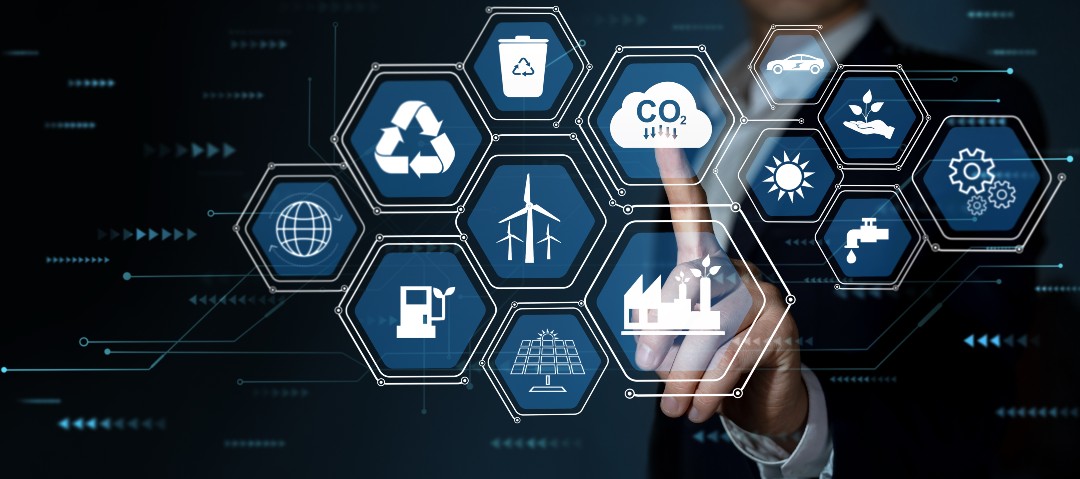COVID-19 has impacted all aspects of life and business. Social isolation has made technology familiar, and integrated virtual lives with reality. Struck at home, customers and employees become more willing and more adept to use digital technology. Very few individuals today resist e-commerce, mobile finance, and video calls.
In the business sphere, the pandemic has brought:
- Minimal in-person and face-to-face interactions.
- Increased use of digital channels for communications, meeting, sales, and other transactions.
- Mass-adoption of work-from-home and telecommuting.
Smart businesses prepare their workforces to cope with these changes. Here are five ways to such ends.
1. Develop a Tech-Savvy Workforce
46% of employees who never worked from home until the pandemic struck, plan to do so often.
Traditional boundaries between the front office and the back office have blurred irrevocably. But the efficacy of the post-COVID workforce depends on supporting infrastructure.
Offer computing hardware and connectivity options to the workforce. Think beyond the office network. Draw up policies and protocols to enforce corporate cyber policies at the individual employee level.
Migrate email and collaboration suites, and other tools to the cloud, to allow any time, anywhere access for the workforce.
Re-engineer pre-COVID remote access solutions. Configure VPN or VDI as secure platforms, to cater to the multi-fold increase in user traffic. Provision adequate capacity to on-board the large number of users and manage traffic routed to the corporate intranet.
Train employees on how to access enterprise cloud and corporate networks. Educate them on cyber-hygiene and safe browsing habits.
Build an integrated security architecture that authenticates both users and devices. Deploy network monitoring to pre-empt remote users from accessing malicious internet domains. Install anti-malware in employee laptops, smartphones, and other devices. In-office employees enjoy the comfort of secure enterprise networks and data centres. Remote employees connecting from a broadband internet are more at risk to attackers and hackers.
Empower employees to engage with customers and other stakeholders. Guide them to the right tools, and familiarise them on how to use resources optimally.
2. Ensure Seamless Collaboration

Success in the post-COVID digital world depends on seamless collaboration.
Set up integrated enterprise-level collaboration tools. Generic tools such as Zoom, Google Meet or Whatsapp get the job done only so much. These tools, moreover, lead to silos, where one part of the enterprise is unaware of what the other part is doing.
Enable employees to join virtual meetings from anywhere, using smartphones, tablets, or landlines. Provide a consistent interface across devices.
The CRM, field service management suite, and other enterprise-level tools were efficiency add-ons until not too long ago. Today, these tools are necessities. With the workforce no longer based out of a central office, the enterprise relies on such platforms for seamless coordination and integration.
3. Promote Digital Trust
Productivity and efficiency are the everlasting traits of a dedicated workforce. The post COVID workforce requires an additional quotient: digital trust. Digital trust sinks in when the enterprise ensures the digital initiatives benefit the stakeholders, by adding value to the customers or making work easier for employees.
Become data-driven. The fast-paced nature of changes forces enterprises to rely on data analytics to understand their customers and other stakeholders. Data-driven decisions ensure objectivity in decision-making. It also inspires confidence that the enterprise makes informed decisions.
Focus on data governance. Set up robust data structures, analytics, and analytic capabilities. Make the set-up transparent.
Indulge in informal cultural signalling. Make the rank and file understand the intricacies of data, and how data-driven decisions benefit them.
Promote transparency and openness. When customers and employees see the enterprises considering their preferences, trust develops.
4. Promote Flexibility and Agility
Competency in a functional niche will no longer suffice for excellence. The post-COVID workforce will need technical skills and associated soft skills.
Excellence in the post-COVID world requires flexibility and agility. Only employees flexible enough to change fast cope with the new realities. Since the old models no longer work, only those innovating will succeed.
The COVID-19 pandemic has blurred the traditional functional lines of business. For instance, field service technicians, airline gate agents, and retail store salespersons have adapted to using chat and voice platforms to serve customers. Enterprises consolidate roles and physical spaces, making such improvisations permanent.
COVID-19 has heralded a shift from transactions to relationship-based interactions. Retaining the customer has become all-important in the tough times of the pandemic. Businesses cannot afford to ignore the customer’s requirements at the crisis-time. In the post-COVID phase, such relationship-based engagement will crystalize into deeper personalization. The workforce will need greater agility to serve customers. For instance, sales and service agents who support customers double up as back-office knowledge engineers. Enterprises set up flexible teams, and expect employees to address customer needs across the lifecycle.
Digital resources such as app-based libraries, VR goggles and more make functional knowledge easy to acquire. What becomes more important for employees is the flexibility to learn new concepts fast, unlearn outdated paradigms, and the know-how to access the right resources to do so.
New standards and certifications for flexibility and agility, factoring in the changed realities, will become the norm.
5. Promote the Right Cultural Traits
Successful transition to the post-pandemic world of business requires going through the pangs of change. Digital disruption is inevitable as employees cope with the new requirements and forsake accustomed to old ways of work.
Positive change depends on culture. The technology element is a manifestation of the culture.
- Communicate frequently to reduce uncertainty and render clarity.
- Offer training to reduce the learning curve of new technologies.
- Offer support to unlearn and embrace change. Identify and promote influencers for such ends
- Reskill IT to effect the required digital transformation.
Businesses have their task cut out reassuring customers on the value of products and the experience offered by the brand. Successful companies keep abreast of the ever-shifting customer likes and preferences and align their internal processes to suit customer preferences. The success of the business depends on the extent to which the employee inculcates such an approach.











